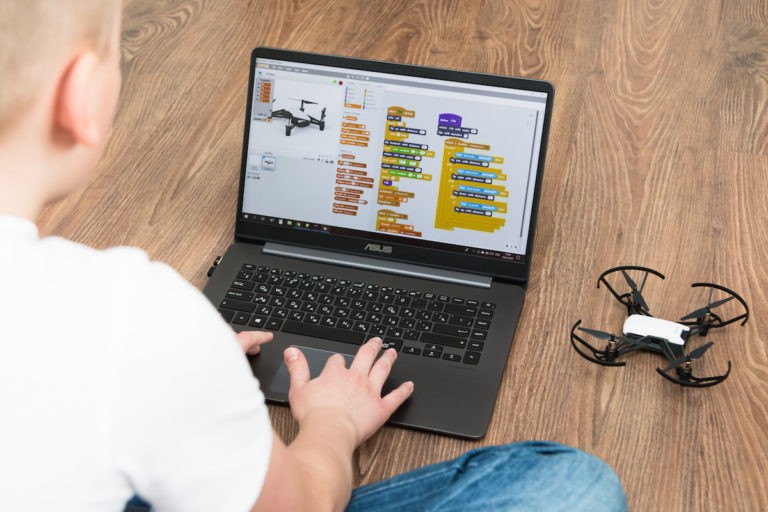While technology and the arts may seem on opposite ends of the academic spectrum, there are distinct connections – and some experts believe those links should be made stronger to benefit students and grow interest in STEM fields. Today, schools are trying to merge the two, often with a new acronym, STEAM, which adds the arts to the familiar combination of science, technology, engineering and math.
Jacquelynne Eccles, an education professor at the University of California Irvine who has studied the issue, says that many times students have preconceived notions about both the fine arts and technology. When schools find courses or activities where the two are merged, educators and their students can bridge that gap.
“Too often young people don’t believe they can be successful with a subject or in a certain field, but that belief is based on faulty notions about that subject area or their own skills,” she says. “That is often true about fields like art and technology.”
Benefits of Integrating Tech and the Arts Together
Along with providing exposure to other fields for students who may have prematurely made up their minds about their interests or career choices, combining art and tech can get students to use their brains in different ways, Eccles says.
The creative thinking that an artistic endeavor involves might help a technology student think about a problem differently, and students interested in the arts often must rely on technology and sometimes can find ways to be more creative through it, she says.
At a time when there is a need to interest more students in STEM fields, the exposure of some students who lean toward the arts also might be helpful.
Ed Grocholski, senior vice president at Junior Achievement (JA), says that preconceived ideas about STEM keep students from exploring those fields. He says that’s part of the reason educators can’t seem to get enough students interested in STEM. A recent survey by JA indicated that the number of high school students expecting to enter careers in STEM fields had declined from 36% in 2017 to 24% now.
The same bias can apply to more creative fields such as the arts or communications, where students might believe they “can’t draw” or “can’t write”.
The National Center for Technology Innovation and Center for Implementing Technology in Education put it this way in an article about the value of art for tech students:
“Through the arts, students gain self-confidence and self-esteem by expressing and exploring their identities, as well as communicating issues and personal reflections through alternative mediums of expression.”
Tech and Art Together
At LaCreole Middle School in Dallas, OR, Principal Jamie Richardson has made combining art and technology a priority. “It is hard to get girls past that idea that being interested in one of these is not cool,” Richardson says.
LaCreole has a school-wide STEAM program and special summer offerings that deliver arts and technology integration.
The program allows all students to have courses connecting STEM and art. They revised the class schedule and rehabilitated a large, little-used space and began providing students an opportunity to try things like 3-D printing, animation, and engineering design in new ways. The program gets top priority at the school and is managed by two teachers – one from art and one from science.
There are a number of applications and online resources that provide students with artistic experiences using technology.
For music, there are programs such as JamStudio, which lets users mix and create digital audio tracks to create their own music, and Rock Our World, an online international project that connects students from all over the globe to compose music, make movies, and interact with each other in live video conferences.
For artists, there are programs like Procreate, which is an inexpensive application that has professional quality options and is easy to use. ArtRage is an easy-to-learn program for experimenting with digital art, and ArtWeaver has a number of natural media brushes and tools.
In addition, Ozobot is a robotic platform that allows students to do coding and combines it with STEAM education. And its ShapeTracer 2 allows them to work on computer science without a robot. By programming a virtual Ozobot through several levels, students in grades 2 and up are introduced to core computer science concepts like sequencing, debugging, and loops.
SketchUp Studio has tools that will allow students to draw architecture in 3-D, analyze and improve their building’s performance, and creatively document and share their work.
The familiar application Scratch allows students to program their own interactive stories, games, and animations. They can then share their work with others in an online community. “Scratch helps young people learn to think creatively, reason systematically, and work collaboratively – essential skills for life in the 21st century,” the program’s creator says. Processing is a flexible software sketchbook and a language for learning how to code within the context of the visual arts.




